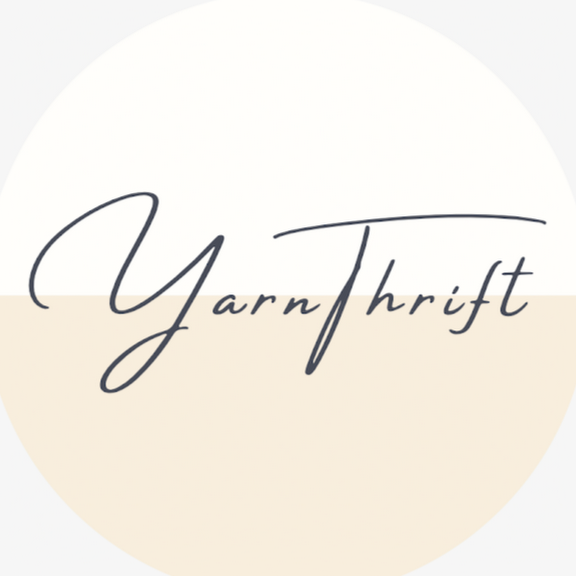This post may contain affiliate links which help support our business and keep the content on this blog free. These links are FREE to you and if you make a purchase using one of these links, YarnThrift will receive a commission. We thank you for supporting our business!
This past August, I had the pleasure of having my Aestas Halter Top featured in Crochet Foundry magazine. I had so much fun getting to design this piece and show it off to the world. From inspiration to final execution, this design was such an exciting one to put together. It features some short row shaping around the front body panels and includes size customizability.
Since this pattern is out in the world now, available here, I thought it might be fun to take a deeper dive into my design process. From finding inspiration, getting measurements, and deciding on stitch patterns, there’s a lot that goes into designing a piece. Everyone’s process is a little different and honestly, I design differently from piece to piece. It always depends on what the end goal is for a project and what creative influences come across in the process.
Pin for later!
Design Inspiration
A lot of times, I get asked where I find inspiration for my designs or how I know what to make. The answer for me usually varies. I find inspiration in so many places. Sometimes, it’s movies, TV shows, current design trends, or a memory I have of an outfit or nostalgic moment. When my inspiration isn’t striking as easily, I sometimes even take to social media and internet searches to see what’s popular or trending in the fashion world.
For this top specifically, I knew I wanted a halter top design but couldn’t figure out the rest of the design – how I wanted it to fit, what stitch pattern I would use, and how the neckline would look. I took to the internet to find some inspiration based on current trends. I found a few tops that really caught my attention and I used aspects from those designs to create this tank top.
Measuring to Design
One of the huge steps (I think) for designing any crochet garment, is measuring or deciding on measurements. For most garments, this means deciding how much ease you want around the major measurements of your design. For most tops, this means deciding on the ease of the bust, whereas for pants it may mean deciding on the ease of the waist, hip, or thigh.
When I was designing the Aestas Halter Top, I knew I wanted the waistband to be tight around the waist but have a little more room around the bust, while also still showcasing an open-back design.

Pattern Writing Process
One of my favorite parts of the design process is starting to write a pattern and choosing what stitches and textures I want to showcase. I usually scroll Pinterest, look through crochet stitch books, and take inspiration from other garments I love. Oftentimes, I also try to draw out a rough sketch of what I want the garment to look like, taking ease into account as well as other features like the fit of the sleeves, waist, and bust.
Once I’ve got the look down, I’ll make a gauge swatch (or two or four) to make sure the stitch pattern I’m working with matches the finished look I want. With a finished and blocked swatch, I can finally begin the math part of pattern writing. I’ll grab my gauge from both the blocked and un-blocked swatch and from there, I can determine how many stitches and rows are needed for each size of a pattern.
I usually write out one to two parts of a pattern at a time before crocheting those parts. Sometimes, I need to make adjustments to what I’ve written. Once I’m happy with those parts, I’ll move on to write the rest, always adjusting as I go. This is usually the quicker part of pattern writing since I can finally begin crocheting.
When I was working on the Aestas Halter Top, I made three gauge swatches and ended up deciding on two that really showcased the look I wanted, then immediately got started writing. I adjusted a few times as I went, and of course, at the end of the pattern writing process, I also had to make sure I accurately wrote out each size so that the ease and intended measurements of one size could be converted to every size. For me, that is always the most tedious part (and one I often procrastinate).
Final Crochet Pattern
Of course, everyone’s favorite part of a designer’s process – a finished pattern – finally comes around! After final edits, testing, and tech editing, a final pattern is released for the world to make. The Aestas Halter Top is available as an individual pattern here and also as part of the August edition of Crochet Foundry magazine, here.
It was truly so much fun getting to write this pattern and share it with the world. My testers also did a fantabulous job helping me get this ready for release. You can check out some of their work below!






